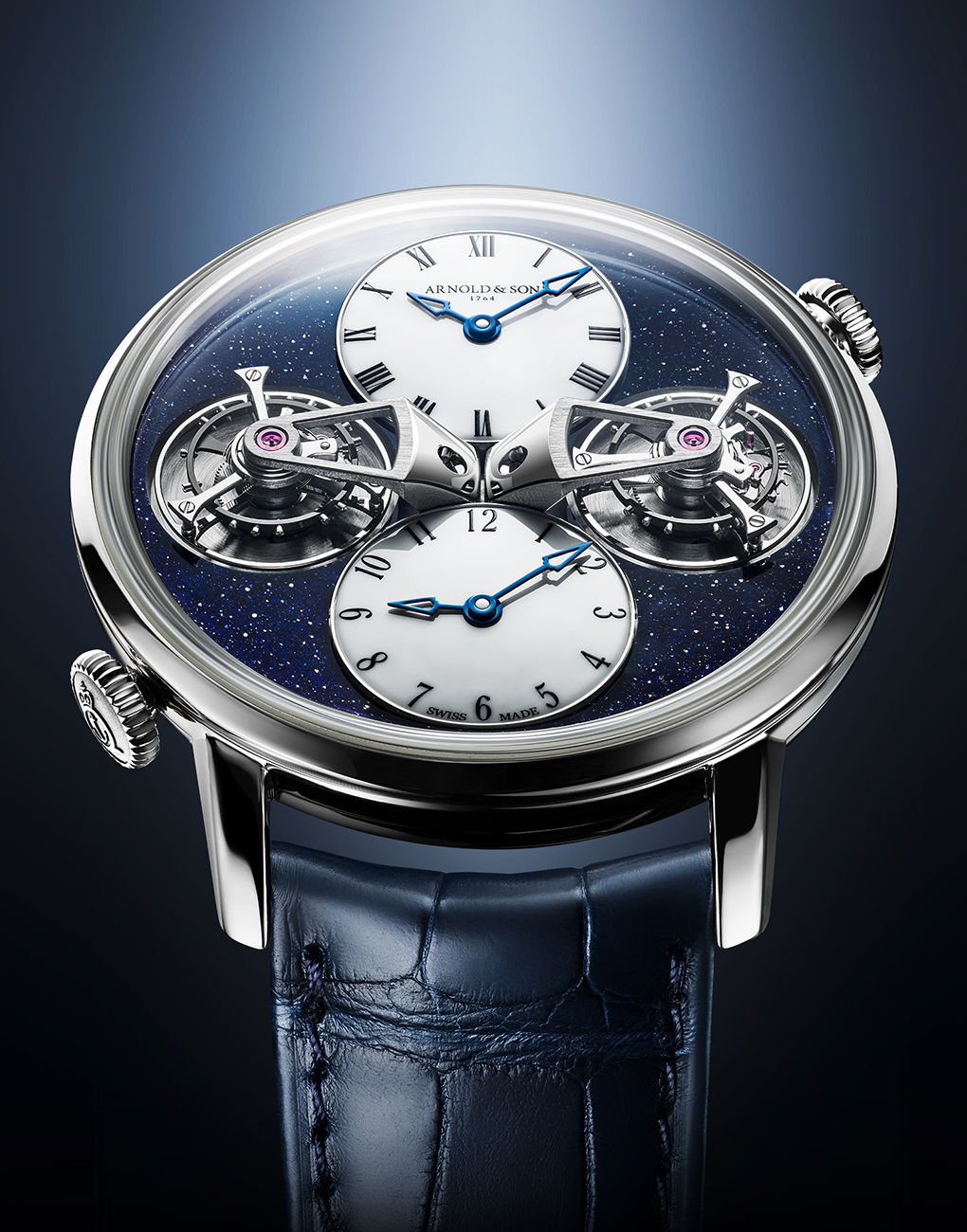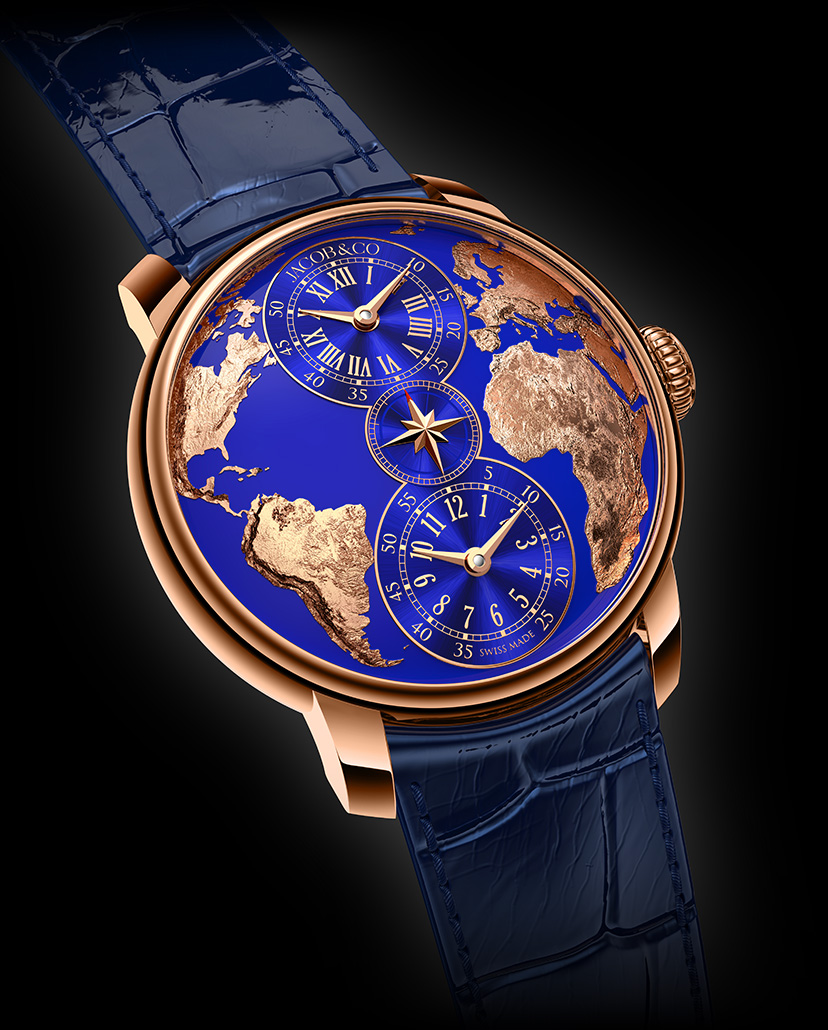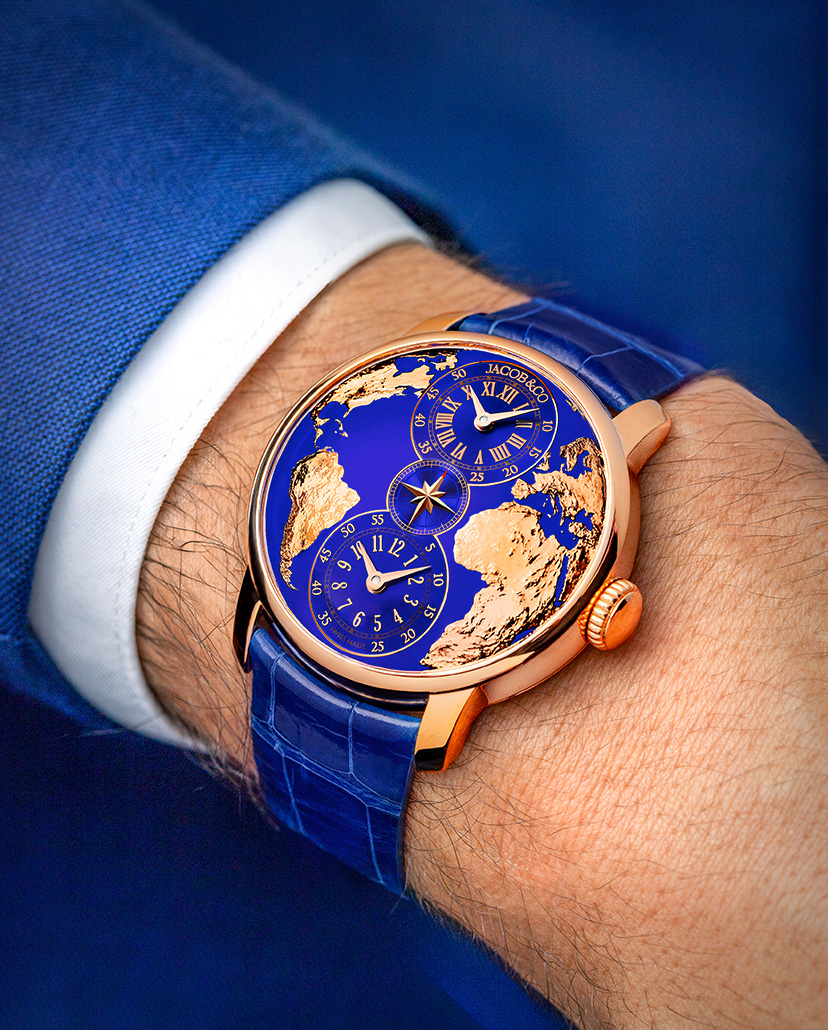Watch GlossaryDual Time
A dual-time watch is one that displays time in two different time zones, depicted by two separate sub-dials or an additional hour hand with a 24-hour bezel or chapter ring
May We Recommend
What Is A Dual-Time Watch?
The term is quite self-explanatory. A dual-time watch is a device, which displays time in two different time zones. This function is ideal for globetrotters and jet-setters, who lead busy lives and helps them in navigating their hectic schedules. It allows the wearer to set a ‘home’ time zone—for referring to the time in their country of origin, and a second time zone—for indicating the time of the current location. Traditionally, a dual-time watch has two sub-dials; each one, adjusted to different time zones. However, if one were to consider the definition from a purist’s perspective then a dual-time watch is not to be confused with a GMT watch, even though both display time in two zones. A differentiating factor is that a GMT watch is equipped with an extra hand on the dial and 24-hour bezel or a chapter ring.
The second hour hand is sometimes referred to as the GMT or UTC hand and it usually displays 24 hours instead of the standard 12 hours. This is crucial because it allows the wearer to refer to a time zone with more than a 12-hour difference from the home time zone.

The development of dual-time watches dates back to the late 18th century France, when during the French Revolution, the calendar and the hours were reformed on a decimal basis. So, for nearly a decade, people needed clocks, which measured time on a duo-decimal and a decimal base, reflecting simultaneously. This was further developed with the invention of the telegraph in about 1840, when fast communication became an important aspect of people’s lives. This was further enhanced by the invention of the telephone in 1870 and subsequently, the introduction of the first transatlantic flight in 1919. This really catapulted the demand for watches/clocks that could display time in different zones.
It’s interesting to note that the first dual-time watches were strictly mechanical in nature with a manual-winding mechanism, as automatic timepieces were mostly developed after the World War I.
How is the dual-time function displayed on a watch?
Today, one can find dual-time watches powered by different kinds of movements—automatic, manual, or quartz. While the basic function is to display time in two different zones, the way it’s done in modern watches differs largely based on the design ethos followed by a brand. In most traditional dual-time watches one finds two separate sub-dials—one indicating a ‘home’ time and the second displaying the ‘reference’ time zone. Sometimes this can also be displayed through a separate aperture. And for those who choose to keep a minimalistic design, there is a 24-hour chapter ring usually around the dial’s periphery and the second time zone is highlighted by the means of a longer hand (usually in a different colour), making it easier to read and avoid any confusion. Dual-time watches may also feature day/date sub-dials that give it a signature classical look.









